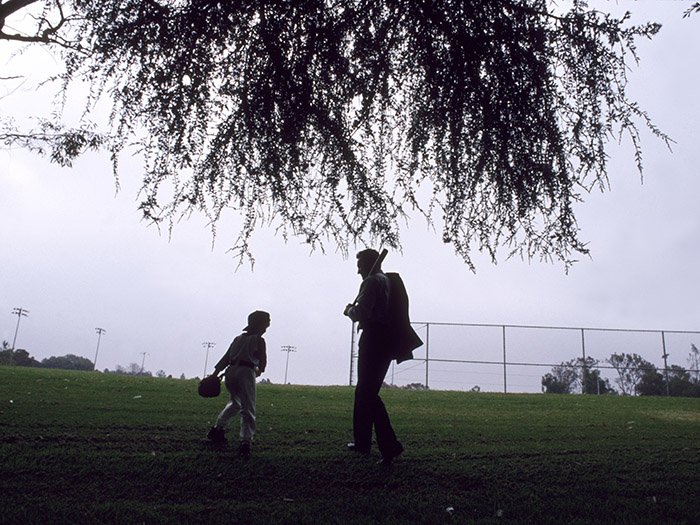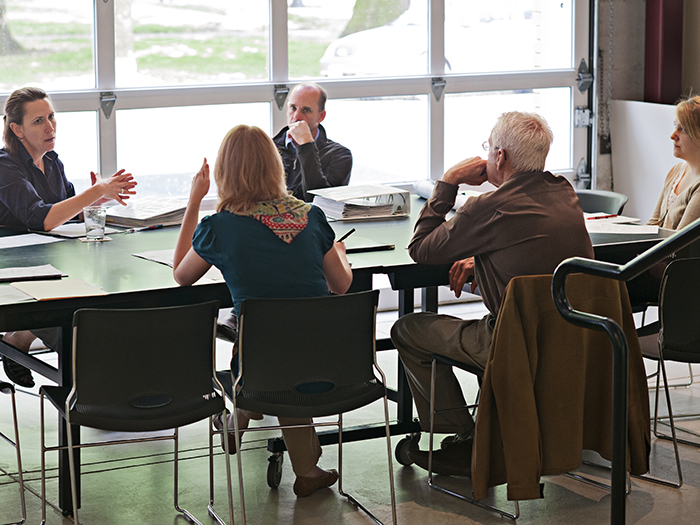2014 NWCDC Keynote Preview
Integrated Approach Offers Benefits for All
The doctor spearheading a push for employers to integrate their worker health and safety programs will address the 2014 National Workers’ Compensation and Disability Conference® & Expo.
 L. Casey Chosewood is an energetic speaker who doesn’t hide behind a lectern when speaking before a crowd. He prefers to roam the stage when talking about worker health and the potential gains for employers when they integrate their programs for addressing employee health issues, whether those concerns arise from occupational illnesses and injuries or non-work-related health problems.
L. Casey Chosewood is an energetic speaker who doesn’t hide behind a lectern when speaking before a crowd. He prefers to roam the stage when talking about worker health and the potential gains for employers when they integrate their programs for addressing employee health issues, whether those concerns arise from occupational illnesses and injuries or non-work-related health problems.
Chosewood’s keynote address will kick off the 23rd annual NWC&DC conference that runs November 19-21 at Mandalay Bay in Las Vegas.
An M.D. and former regional medical director for Lucent Technologies, Chosewood is senior medical officer for the National Institute for Occupational Safety and Health, and director of the Office for Total Worker Health Coordination and Research.
NIOSH is part of the Centers for Disease Control and Prevention, with a core mission of helping keep workers safe from on-the-job illness and injury.
But the federal agency understands that a broader approach to “total worker health” and safety promotion is needed because employees suffering from chronic disease or age-related issues carry those risks into the workplace, Chosewood explained.
Chosewood discusses tearing down silos for total worker health.
Chronic disease and aging can impact workers’ potential to suffer on-the-job accidents and the amount of time necessary to recover when a workplace injury does occur, Chosewood added.
“Just looking at exposures on the job is important and vital, but it’s not enough,” he said. “Addressing those risks, on the job and away from the job, are in an employer’s interests because at the end of the day, the employer is on the hook for all these costs.”
Integrating employers’ occupational and non-occupational health and safety efforts to promote total worker health doesn’t require a large, structural transformation, Chosewood said.
It can be as simple as coordinating meetings between an employer’s group health benefits and educational offerings, their workers’ comp programs and their safety department so that employees receive consistent messages about their health, he said. Those efforts should not be undermined by departmental silos that hinder coordination.
“Just looking at exposures on the job is important and vital, but it’s not enough.” — L. Casey Chosewood, senior medical officer, NIOSH
“As long as all the parts and players [in an organization] are meeting regularly and assuring that their end product and goals are aligned and that they communicate to make sure their programs complement each other instead of contradicting each other,” Chosewood said, “that is a great step forward.”
Although a growing number of large, sophisticated employers now understand the value of integrating various health and safety education programs, many companies still split their efforts.
“Ideally, the safety folks in an organization are in the same line of control, the same line of communication as the health and benefits and health promotion folks,” Chosewood said. “Unfortunately, some organizations split them. Safety is in manufacturing or operations, where the health promotion people are under human resources. We think that is a missed opportunity, because at the end of the day they are both after the same thing, a healthier worker.”
Chosewood doesn’t speak strictly from an academic background.
While working for Lucent Technologies in the early 2000s he helped oversee occupational health services for 30,000 employees. The program included health services, health promotion, disability management and workers’ comp coordination.
In that role, Chosewood treated employees injured on the job as well as made executive operational decisions, he said.










